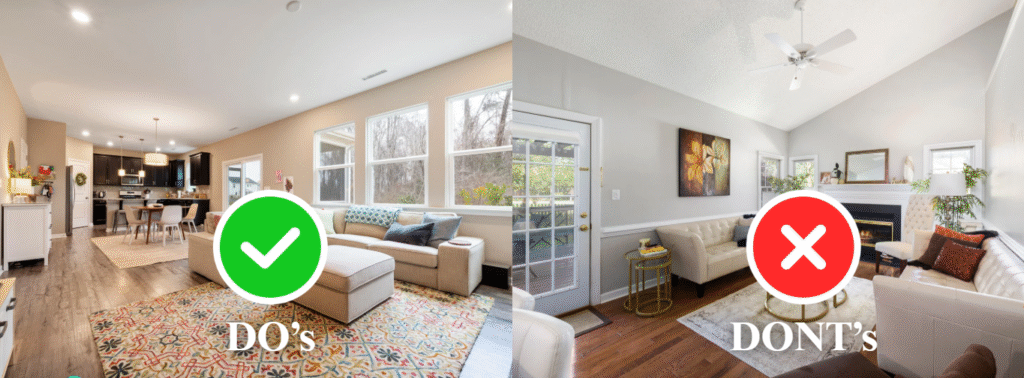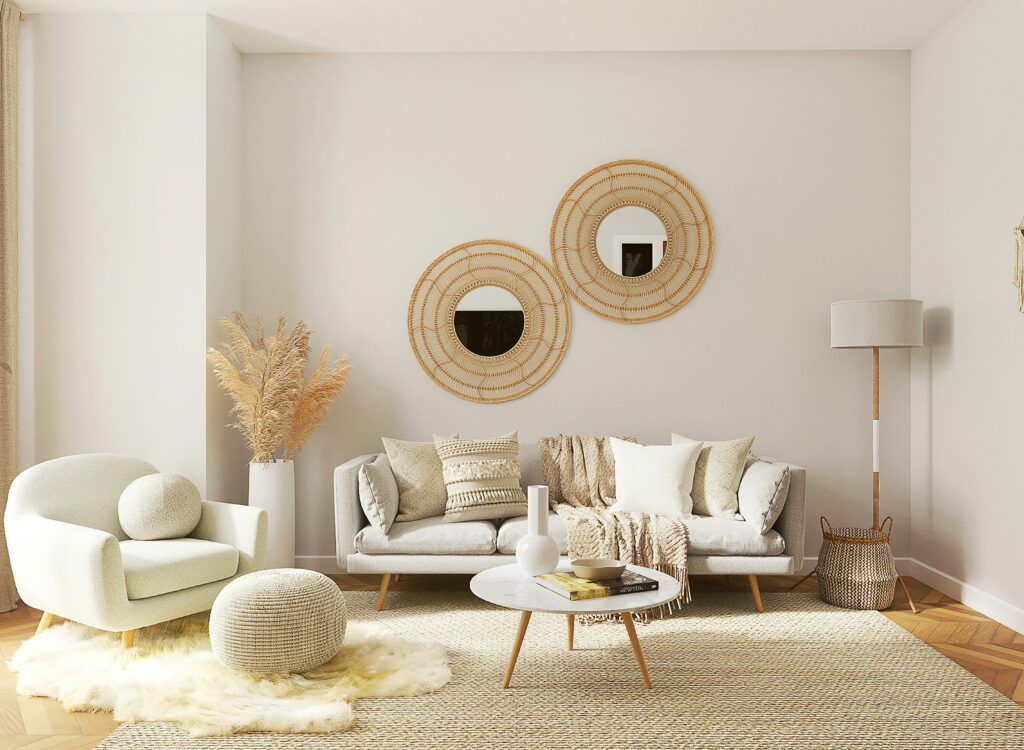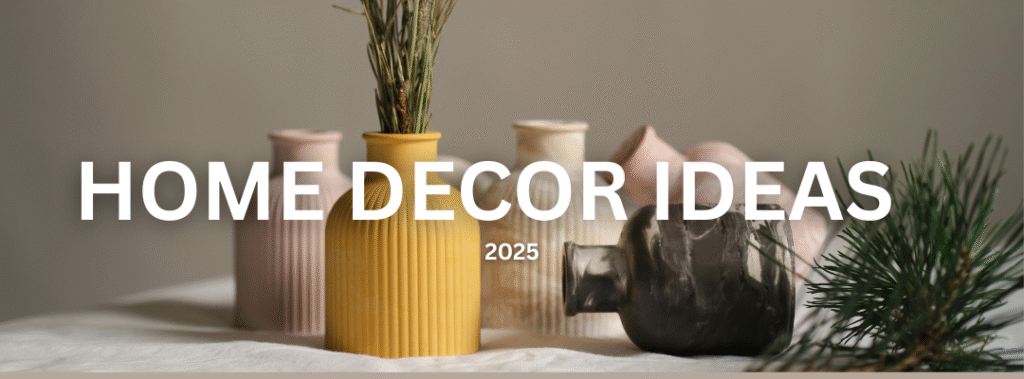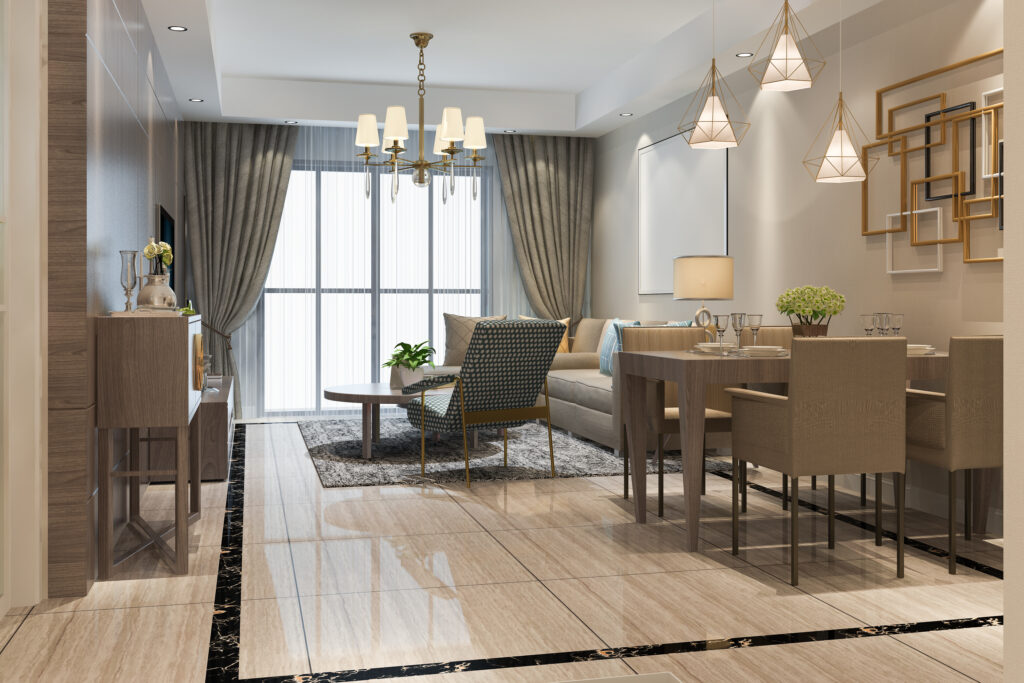Interior Design Do’s and Don’ts
Designing an interior space requires more than aesthetic sensibility; it demands balance, functionality, and foresight. The following principles highlight essential do’s and don’ts that guide the creation of interiors that feel both timeless and practical. Do: Start with a Plan A well-thought-out plan establishes the foundation of successful interiors. Before purchasing furniture or experimenting with wall colors, evaluate the layout, available light, and purpose of the space. Mood boards, floor plans, and sample swatches can help visualize the final outcome. This structured approach prevents impulse choices that may disrupt harmony later. Don’t: Ignore Scale and Proportion Disproportionate furnishings can overwhelm or underwhelm a room. A massive sectional sofa in a compact living room or a dainty side table in a grand hall throws off visual equilibrium. Proportion creates cohesion, ensuring every element feels appropriately placed and sized relative to the space. Do: Embrace Natural Light Natural light enhances mood, enlarges perception of space, and highlights textures beautifully. Maximizing daylight through sheer curtains, reflective surfaces, or strategically positioned mirrors elevates interiors without additional cost. Lighting plans should consider both daytime brightness and evening ambience. Don’t: Overcrowd with Furniture Rooms suffocate when filled with excessive pieces. Clutter hinders movement and diminishes comfort. Negative space is just as critical as occupied space—it allows the eye to rest and highlights key design features. Choose fewer, high-quality items that serve multiple purposes. Do: Mix Textures and Materials Combining wood, metal, fabric, and stone adds depth and character. A velvet armchair against a raw brick wall or a sleek marble countertop paired with matte cabinetry introduces contrast that stimulates the senses. Layering textures keeps interiors from appearing flat or monotonous. Don’t: Follow Every Trend Trends change rapidly, but interiors should endure. Blindly embracing fads leads to designs that feel outdated within a few years. Instead, incorporate subtle nods to trends through accessories or artwork while keeping foundational elements classic and enduring. Do: Prioritize Functionality An elegant design loses value if it cannot be lived in comfortably. Layouts should facilitate ease of movement, while storage solutions prevent disorder. Multi-purpose furniture and ergonomic arrangements ensure the space serves its intended purpose without compromising on beauty.n’t: Forget Personalization Interiors should reflect identity, not resemble a catalog spread. Omitting personal touches results in sterile environments. Art, travel memorabilia, heirloom pieces, and custom details infuse character, creating spaces that feel uniquely yours. Pay Attention to Color Psychology Colors influence mood and behavior. Soft neutrals calm, vibrant hues energize, and deep shades create intimacy. Selecting palettes aligned with the function of each room ensures the right atmosphere. For example, restful tones in bedrooms and lively shades in social areas enhance experiences. Don’t: Neglect Lighting Layers Relying on a single overhead light creates harsh or uneven illumination. Incorporating ambient, task, and accent lighting provides flexibility and depth. A combination of floor lamps, sconces, and pendant lights enhances mood while ensuring practicality. Invest in Quality Over Quantity Durable, timeless pieces outlast fleeting bargains. High-quality materials age gracefully and withstand daily use, reducing the need for frequent replacements. A few thoughtfully chosen items add far more value than a collection of cheap, short-lived pieces. Don’t: Overlook Details Small details often distinguish ordinary interiors from extraordinary ones. Mismatched hardware, visible wiring, or overlooked finishes disrupt the overall narrative of a design. Attention to detail ensures polish, refinement, and a seamless flow across the space. inclusion Conclusion The art of interior design thrives on equilibrium—between style and practicality, simplicity and personality, and tradition and innovation. By embracing these do’s and steering clear of common pitfalls, interiors become more than rooms; they transform into lived-in works of art, enduring in comfort, beauty, and individuality.











